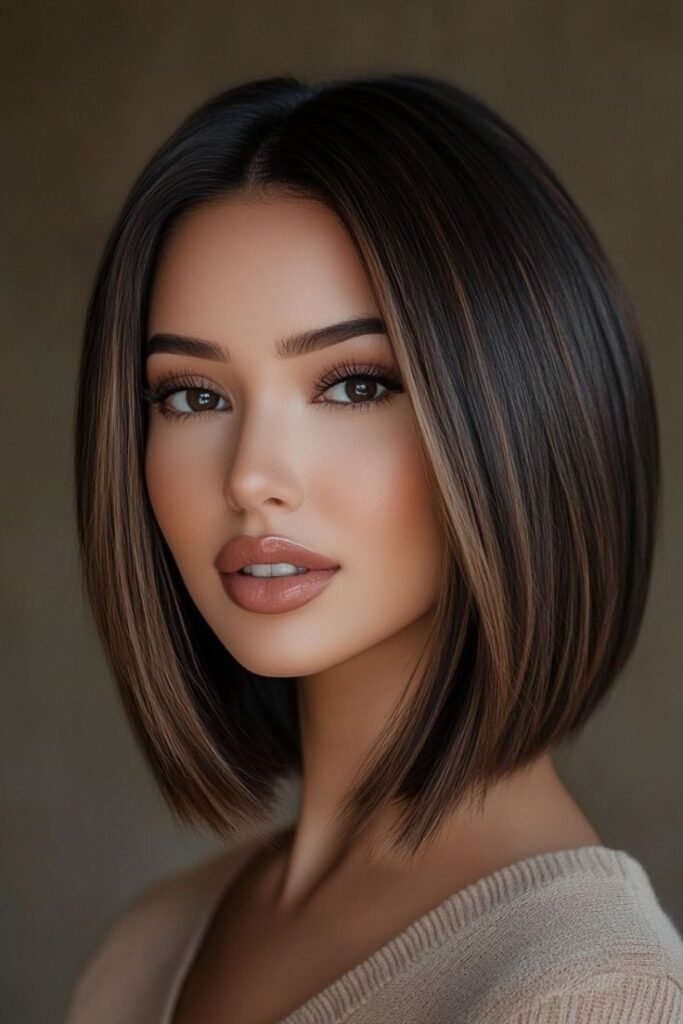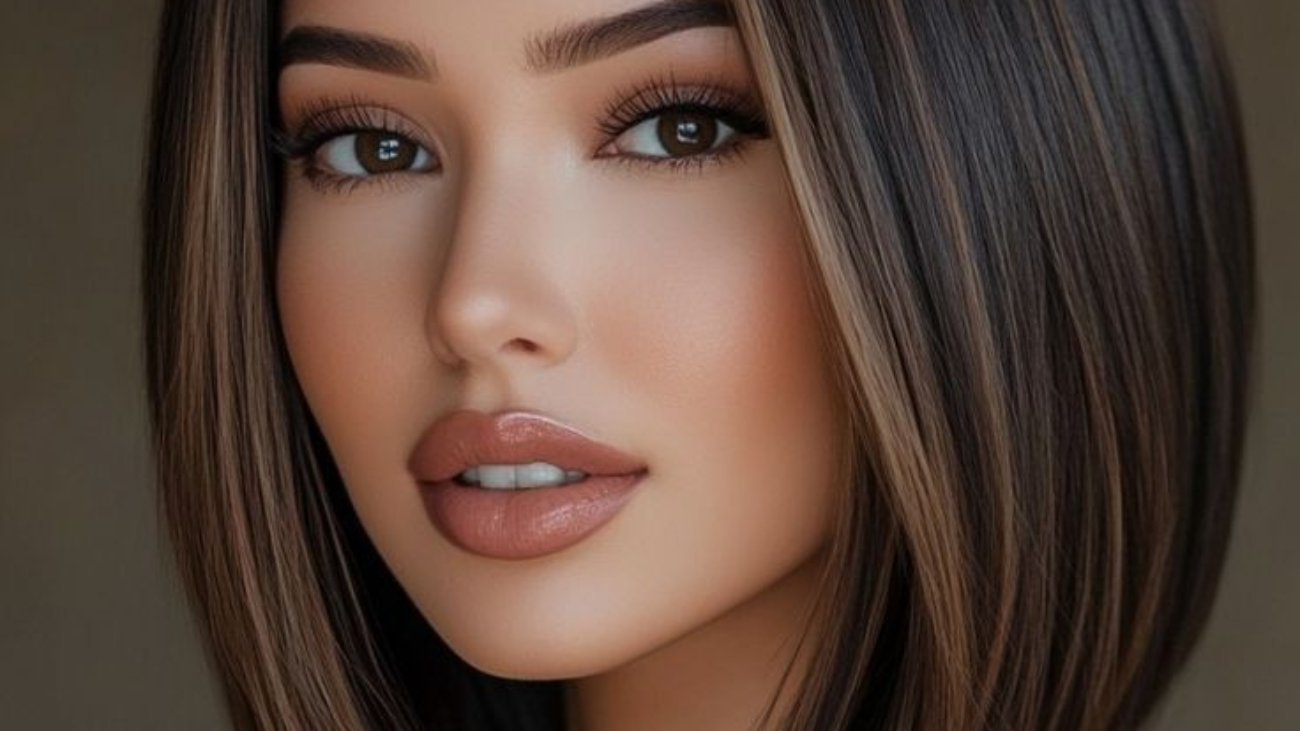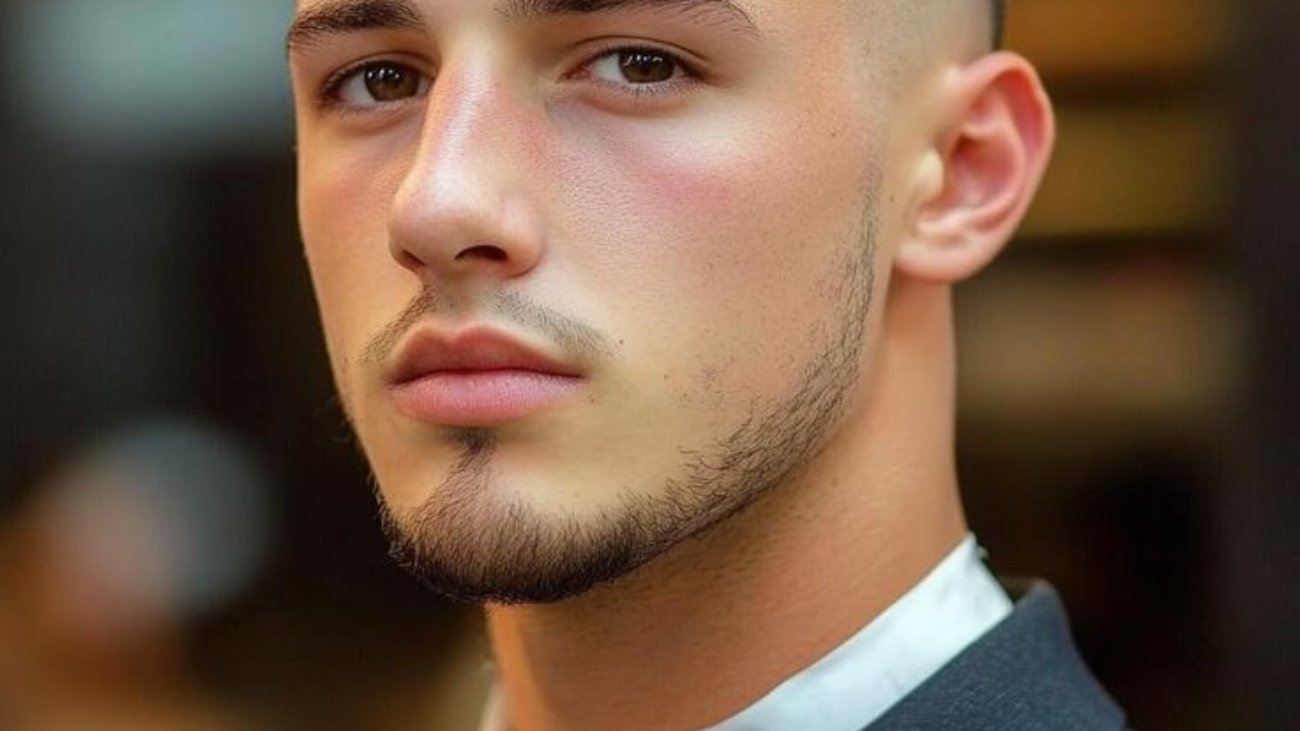Bob Cut?
A Bob Cut is a short-to-medium-length haircut where the hair is typically cut straight around the head at about jaw-level, though modern variations can fall anywhere from the chin to the shoulders. It’s one of the most iconic and versatile hairstyles in history — bold, classy, and always in fashion.

The traditional bob is blunt and sleek, but over the years, many versions have emerged: layered, angled, wavy, asymmetrical, inverted, and even shaggy bobs. Its charm lies in the fact that it can complement every face shape and hair texture, depending on how it’s styled.
Benefits of a Bob Cut
1. Timeless and Chic
The bob has been popular for decades and continues to evolve with modern trends. It offers a classic yet contemporary look that suits every age group.
2. Low Maintenance
Shorter length means faster drying, less tangling, and easier daily styling. Ideal for busy lifestyles.
3. Face-Framing Elegance
With the right length and angles, a bob cut can highlight cheekbones, jawlines, and neck — giving a sculpted, polished appearance.
4. Works With Any Hair Type
Whether your hair is straight, wavy, or curly, there’s a bob that will work for you. Even fine or thinning hair can look thicker with a sharp bob cut.
5. Customizable Length
From chin-length bobs to shoulder-grazing lobs (long bobs), this cut adapts to your comfort zone.
Drawbacks of a Bob Cut
1. Frequent Trims Needed
To maintain the sharp shape, regular trims every 6–8 weeks are necessary.
2. Limited Styling Options (Shorter Bobs)
Extremely short bobs might not offer as much room for braids or updos.
3. Can Feel “Too Short” at First
If you’re used to long hair, the bob may feel like a drastic change initially.
Popular Types of Bob Cuts
Classic Bob
Straight cut, jaw-length, with blunt ends. Simple and sleek — the original bob.
Long Bob (Lob)
Extends slightly past the shoulders. Perfect for those who want the bob aesthetic without going too short.
Layered Bob
Adds movement and volume. Great for thick or wavy hair.
Inverted Bob
Shorter in the back, longer in the front with stacked layers. Very modern and bold.
Asymmetrical Bob
One side longer than the other for an edgy, fashion-forward look.
Bob with Bangs
Combines fringe with the bob for a youthful, stylish vibe. Curtain bangs, blunt bangs, or wispy ones all work beautifully.
Textured or Shaggy Bob
A more relaxed, tousled version of the bob — often paired with soft layers and waves.
Styling Tips for Bob Cuts
- Flat Iron for Sleek Look: Run a flat iron through your bob for a polished, straight finish.
- Add Waves for Volume: Loose curls or beachy waves create softness and movement.
- Use a Volumizing Mousse: Especially if you have fine hair, to lift the roots and avoid flatness.
- Tuck Behind the Ear: Classic bob move — it draws attention to your jawline and earrings.
- Middle or Side Part?
- Middle part: Gives a balanced, symmetrical look
- Side part: Adds drama and volume
Who Should Get a Bob Cut?
A bob cut is perfect for:
Women who want a clean, modern look
Anyone looking for a low-maintenance but high-style haircut
Those with fine hair needing volume
Professionals who want a sharp and polished appearance
Anyone looking to refresh their look without going too short
Bob Cut for Different Face Shapes
- Round Face: Try a long or asymmetrical bob to elongate the face.
- Oval Face: You can rock almost any bob!
- Square Face: Soft, layered bobs help soften strong jawlines.
- Heart-Shaped Face: A chin-length bob with side bangs balances out wider foreheads.
- Long Face: Lobs or wavy bobs add horizontal volume to balance length.
Hair Care Tips After a Bob Cut
- Use heat protectant before styling tools
- Trim every 6–8 weeks to maintain shape
- Apply lightweight serum or hair oil on ends to keep them healthy
- Dry with a round brush for volume and smoothness
Final Thoughts
The Bob Cut is more than just a haircut — it’s a style statement. Whether you want to go sleek and sharp or soft and romantic, there’s a bob cut for you. It flatters all face shapes, works on most hair textures, and is easy to manage day-to-day.





